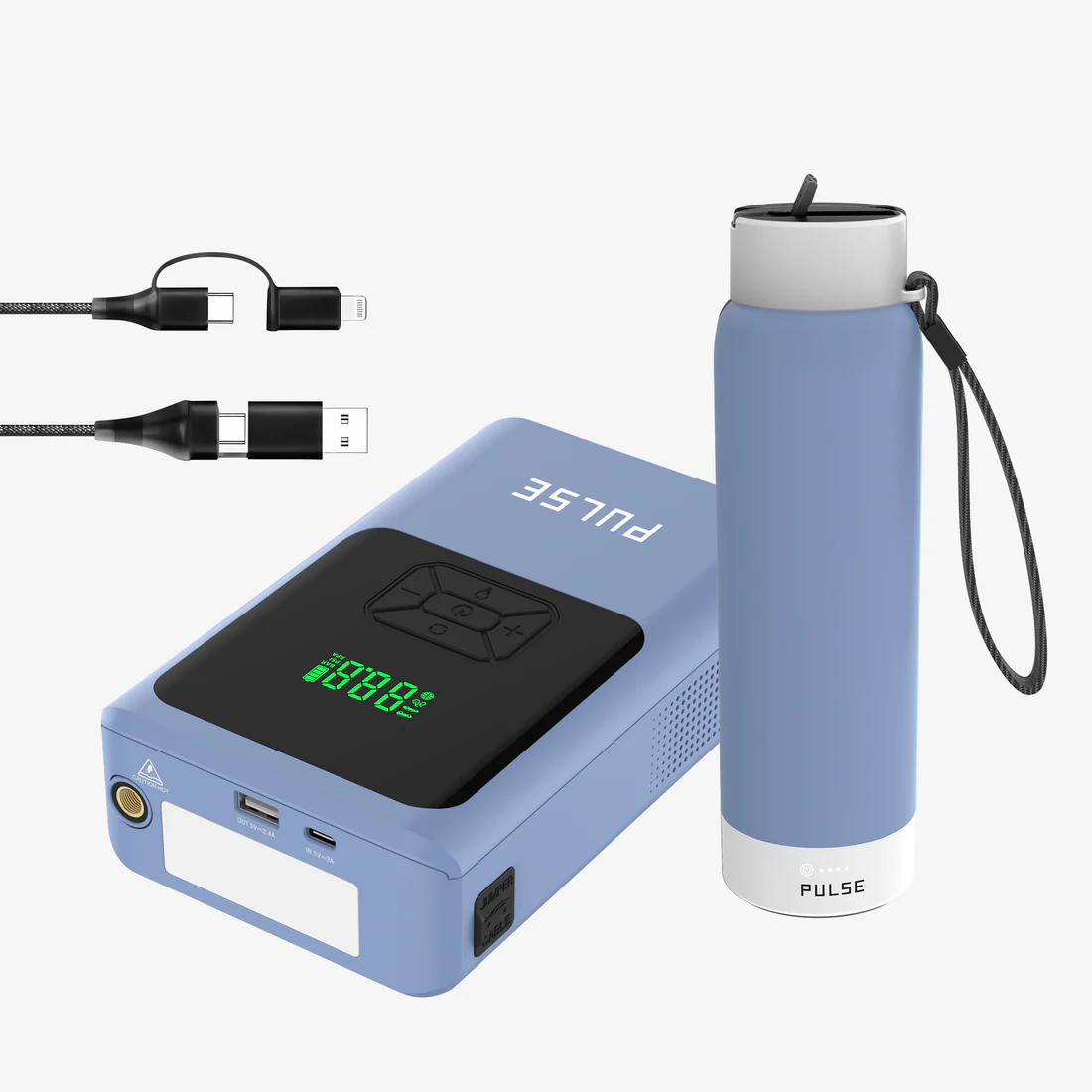Choosing the Right Portable Charger for Your Lifestyle: A Practical Guide

Portable chargers are no longer niche accessories—they’re everyday essentials. But with so many options on the market, picking the right one can feel overwhelming. Whether you’re a minimalist traveler, a student constantly on the move, or a multitasking parent, the ideal power bank for you may look very different from someone else’s.
This guide breaks down the key factors you should consider when choosing a portable charger—and how your lifestyle plays a major role in that decision.
1. Identify Your Charging Priorities
Start by asking: What do I need to charge, and how often?
- Just a smartphone? A basic model with 5,000–10,000 mAh might be enough.
- Phone + earbuds or smartwatch? You’ll need multiple output ports or a wireless surface.
- Multiple devices throughout the day? Go for 20,000 mAh or more with fast-charging support.
Modern brands like Pulse Charge even offer multi-device bundles designed specifically for households or people with multiple gadgets.
2. Consider Where and When You’ll Use It
Where you plan to use your charger shapes what features matter most:
- Commuting or public transit? You’ll want something compact and lightweight, with no dangling cables.
- Road trips or long flights? Battery capacity and speed matter most.
- Outdoor adventures? Go for rugged models with durable casing and water resistance.
If your lifestyle requires hands-free use, look for magnetic or wireless-enabled models that let you keep moving while charging.
3. Speed vs. Size Trade-Offs
Not all portable chargers are created equal in terms of charging speed. Some offer 18W or 20W power delivery (PD), which can juice your device up to 50% in just 30 minutes. However, faster charging usually comes with a bigger battery, which means a bulkier design.
Some models strike a smart balance by offering fast-charging for phones while limiting output to secondary devices like earbuds or watches—making them efficient without being heavy.
4. Don’t Ignore Design and Usability
Functionality matters, but so does how a device feels to use. Details like:
- Rounded edges for pocket-friendly comfort
- Textured or matte finishes to prevent slipping
- LED indicators that show battery status
- Built-in cables or fold-out stands
These small touches often separate a frustrating user experience from a seamless one. A quick look through the designs from Pulse Charge shows how form and function can work together.
5. Safety and Quality Are Non-Negotiable
Cheaper power banks often lack safeguards, which can lead to:
- Overheating
- Battery swelling
- Device damage
Always check for features like overcharge protection, voltage regulation, and temperature control. A few extra dollars spent on a well-built charger could protect devices worth hundreds—or even thousands—of dollars.
6. Future-Proof Your Investment
Tech moves fast, and your charging needs might evolve. Look for chargers that are compatible with:
- USB-C (the new standard for most modern devices)
- Wireless charging
- Fast-charging protocols like Qualcomm Quick Charge or USB PD
Also, consider the number of outputs—a single-port power bank might not keep up as you add more devices to your digital routine.
Final Thoughts
Portable chargers aren’t one-size-fits-all. Your work, habits, and routines determine the right mix of capacity, speed, size, and features. Taking a little time to assess your real-world needs can save you money—and frustration—in the long run.
For those exploring practical, well-designed options tailored to different user lifestyles, Pulse Charge offers a helpful starting point




